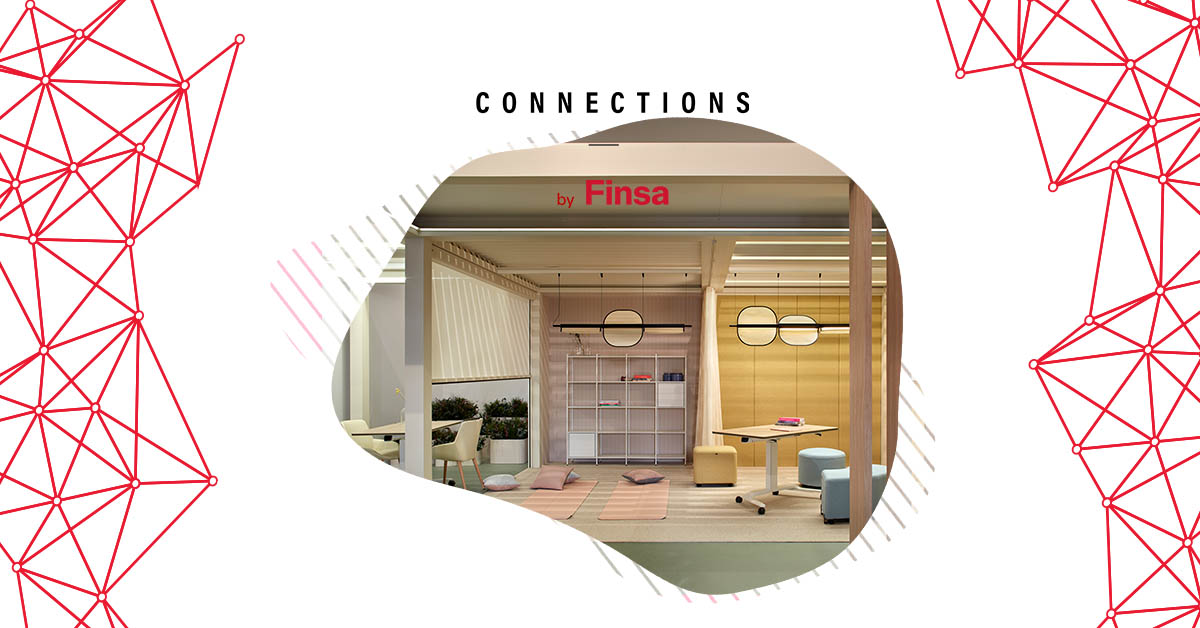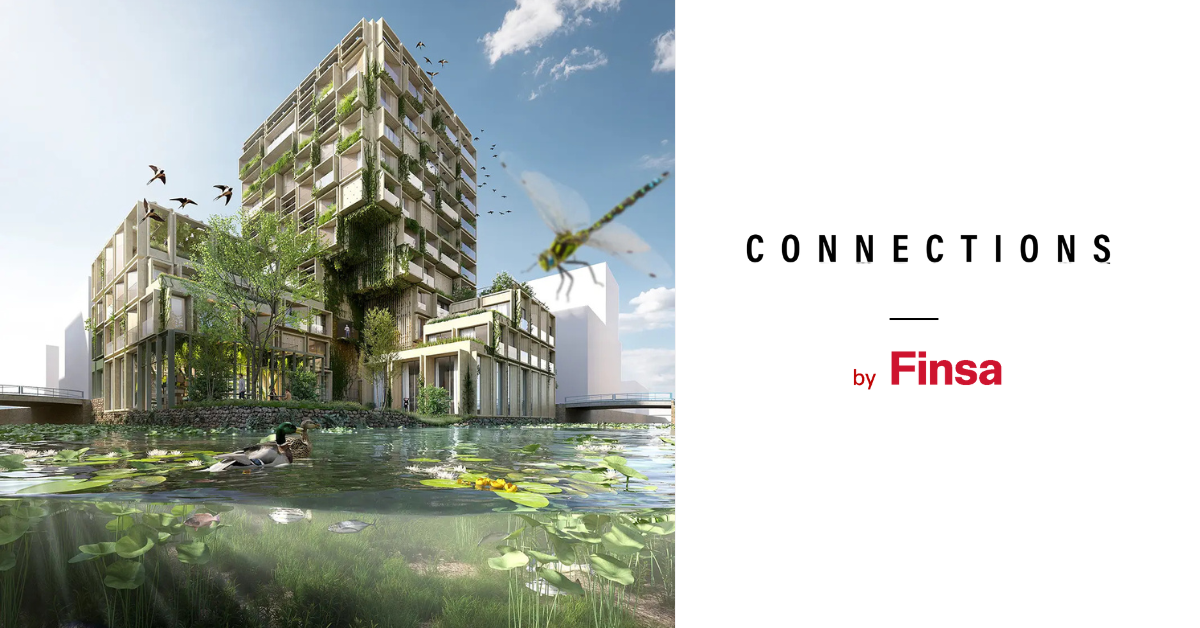Advancing towards a more sustainable world requires rethinking cities, which currently occupy less than 2% of the Earth’s surface yet consume 78% of the world’s energy and produce more than 60% of greenhouse gas emissions, according to the UN. However, introducing sustainable policies, trying to reduce traffic, or encouraging walking and cycling often requires investing in changes whose effectiveness is uncertain. What if there was a way to test, for example, how pedestrianizing an area would affect it before starting construction?
This is one of the many uses of digital twins in urbanism, a technology that, according to an Ernst and Young report, could help reduce city CO2 emissions by 50 to 100%.
What is a digital twin?
“A digital twin is a virtual replica that represents a reality in a faithful manner”, defines Juan Ignacio Silvera, director of the Master’s program in Digital Twins at the International University of La Rioja (UNIR). It is more than just a simple 3D model, as one of the essential features is “that the virtual part and the real part are bidirectionally connected”. This means it is not static; reality sends data to the virtual part and vice versa.
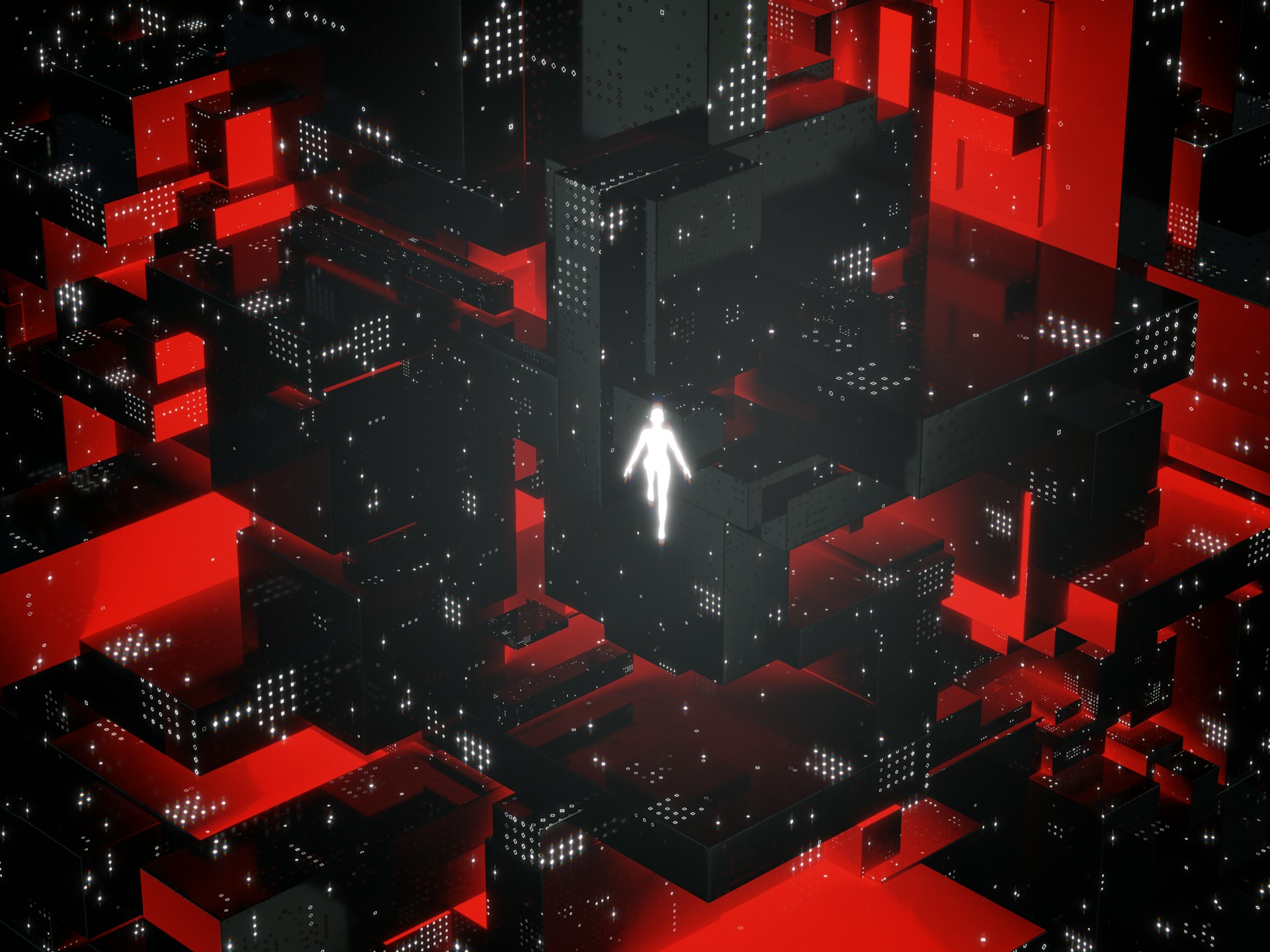
Furthermore, the twin does not necessarily have to be a scrupulous representation of reality at the aesthetic level, but will depend on the intended goal. “Many applications do not require photorealism. The replica attends not only to appearance but also to function”, clarifies Silvera. “Sometimes, the mistake is made of allocating too much budget to achieving visual accuracy and not enough to what would make the twin truly useful”, he indicates. If the goal is to check how people cross the street, for example, the important thing is the data that provide that information and compare it with what the traffic lights and cars are doing, not that the trees are of the correct species.
Cities that already have their digital twin
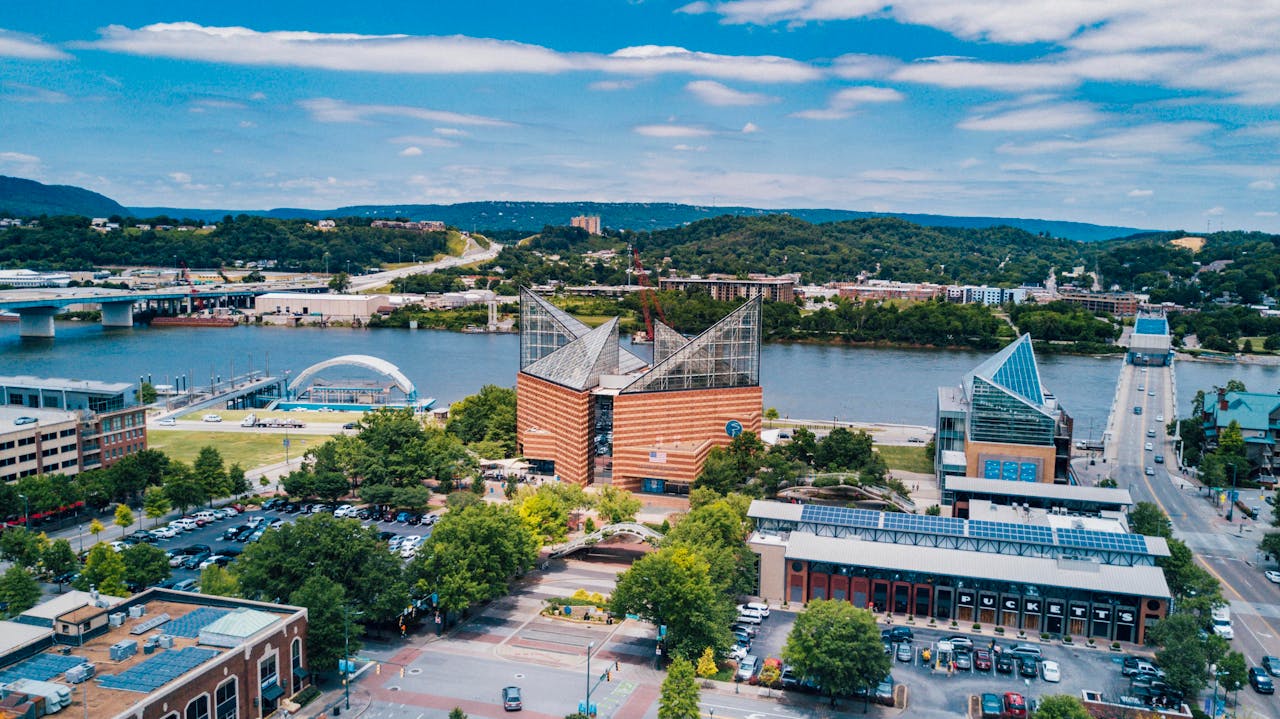
This case, understanding how a street is crossed, is one of the possible applications of digital twins in urbanism, where they have arrived as a step beyond smart cities. In this scenario, that information would help make decisions about the location of pedestrian crossings (does people cross exactly where they should, or do they do it a few meters away?), the timing of different traffic lights, or the usefulness of speed bumps to slow down cars.
In Chattanooga (Tennessee, USA), there is a project that uses the digital replica for something similar: through movement data of motor vehicles, pedestrians, and cyclists at intersections, they detect moments and points where near-accidents occur (something that normally there is no information about) and can make decisions to increase the area’s safety.
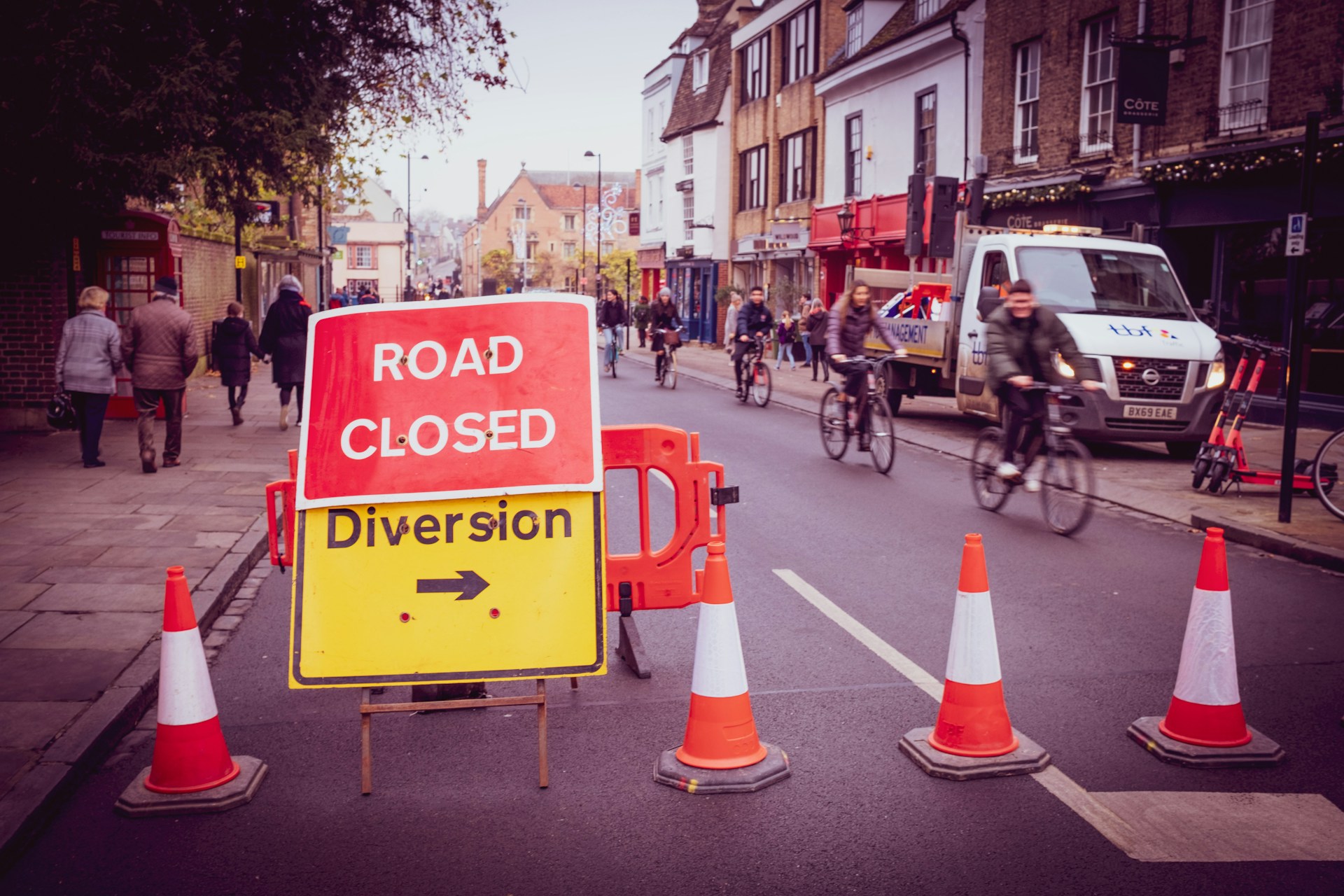
In Cambridge, UK, there is also an ongoing digital twin project related to traffic. Rather than increasing safety, their goal is to reduce car use, congestion, and emissions by promoting sustainable urban mobility. Through cameras, the replica allows checking how different interventions are functioning.

The digital twin of Barcelona, still under development, is “a web platform to analyze accessibility to public facilities that allows evaluating whether it meets the provision of services or equipment of the so-called 15-minute cities model”, according to a press release. For example, it enables viewing the on-foot coverage of metro stops before the opening of the future lines L8 or L9, or “the network of libraries before and after the last one was built”.

Although it is most common for local administrations to have access and use these data, in some cities, all this information is made available to their inhabitants. This is the case of Helsinki (Finland), one of the pioneering cities in the use of digital twins. One of its many projects analyzes the potential impact of renovating doors, windows, or walls. Anyone can check how much they would save in energy if they changed these elements in their homes, thus encouraging private individuals to invest in such actions.
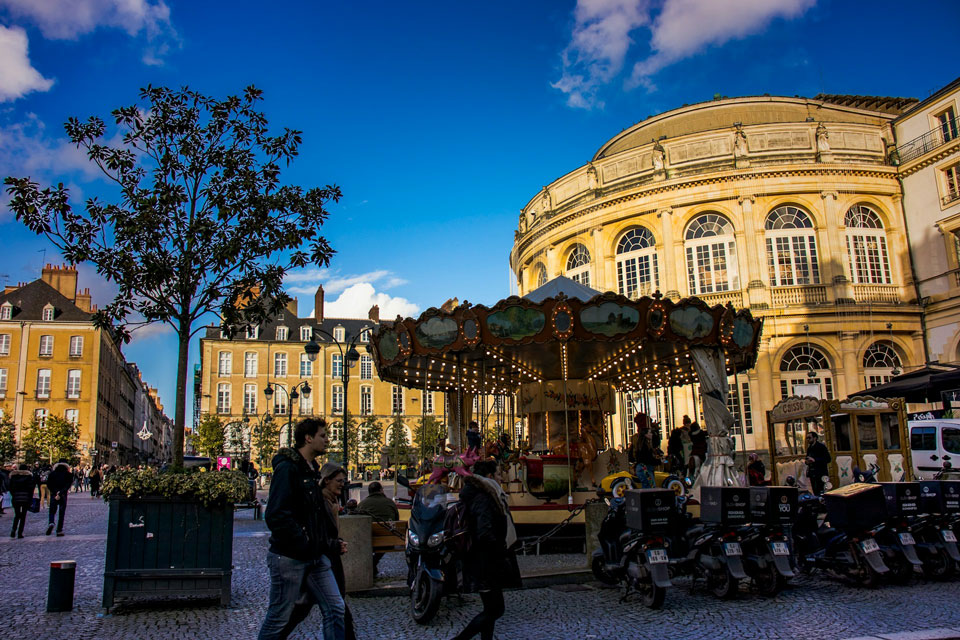
In Rennes, France, Virtual Rennes, the replica started in 2017, has been made accessible to citizens. And not just to citizens: the idea is that the various actors who influence and plan the different interventions carried out in a city can share information and simulate different scenarios.

For cities with beaches, the state of the sea is very important to ensure the safety of bathers. In Auckland (New Zealand), they use their Safeswim twin, with data on storms and wastewater: The success has been such that it is now used in other parts of the country.
In Urumqi, China, a virtual replica of a train station has been developed to increase its efficiency and safety. Clearly seeing its traffic allows making decisions about its management and testing how different interventions would affect it.
“When developing a digital twin, it is very important to keep in mind the purpose: what its use will be, what we want to achieve”, indicates Silvera. Scenario simulation, the “what ifs”, is one of the key uses in the world of urbanism. As an example, the expert cites the recent collapse of the Baltimore bridge. “A virtual replica could have allowed planning what would happen if this occurred, how it would affect traffic, what would be the quickest rescue route”, he explains. “It is very useful to simulate unlikely but possible scenarios so that the impact of emergency situations is minimized”, he assures.
The challenges of digital twins in urbanism
Although enthusiasm for the possibilities opened by these replicas is high (“the limit today is more about conceiving those use cases than the technology”, reflects Silvera), there are still a series of challenges that hinder the path to fully exploiting their potential.
According to the World Economic Forum, which in 2022 published its report Digital Twin Cities: Framework and Global Practices, one of these obstacles is precisely what Silvera mentioned: trying not to get carried away by the pursuit of photorealism. “Depending too much on visual modeling technology and ignoring the ultimate value of simulation and reality optimization can be a problem”, they indicate. Making local authorities understand this is key.
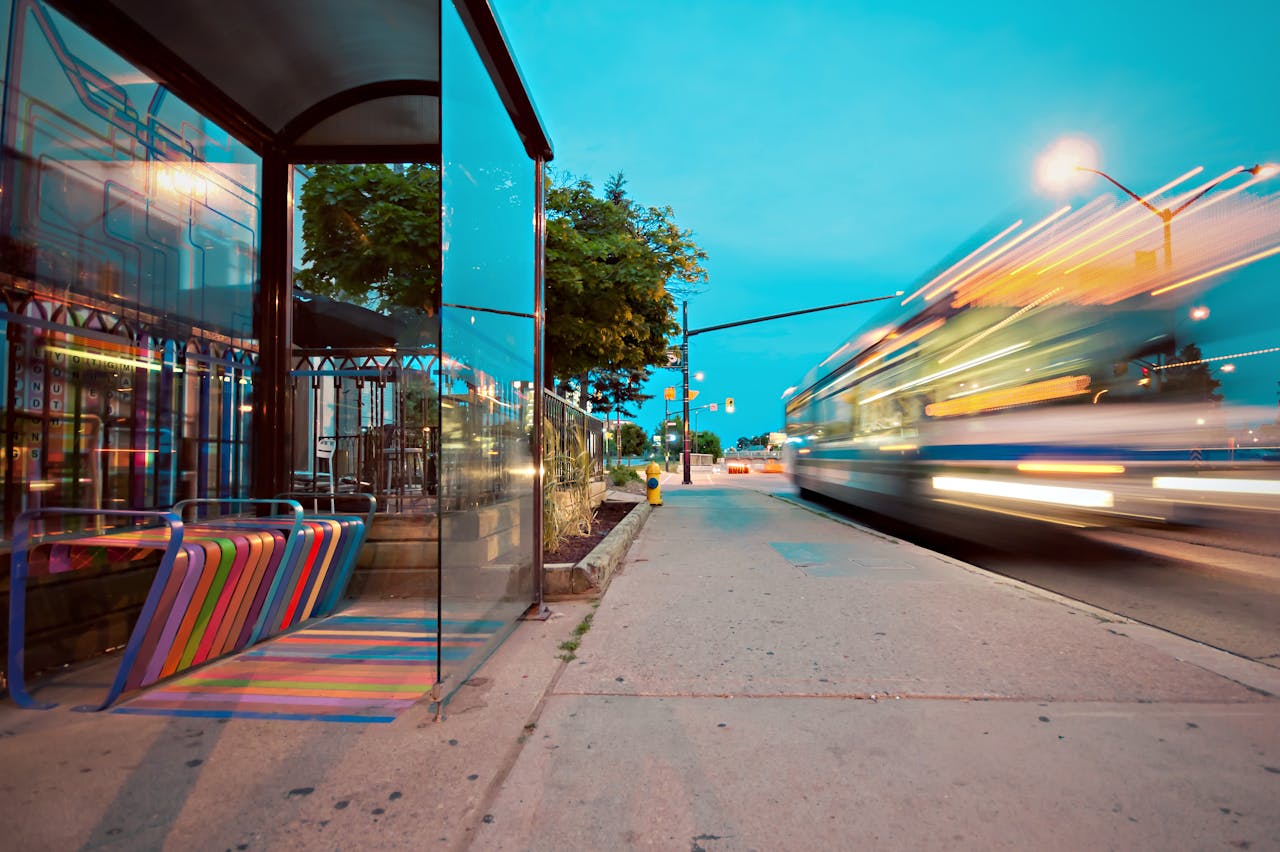
Another major challenge, common to all data economy initiatives, is ensuring their protection and privacy. All this information that is collected and shared, essential for digital twins to really function well, must also meet security standards. Establishing their governance (who owns the data? what are they used for? who has access to them?) and avoiding cyberattacks at all costs should be among the main concerns of those responsible for these types of projects.
To achieve these guarantees, the World Economic Forum states that it is necessary to expand the resources and the type of professionals who think about digital twins: going beyond technological profiles and urban design or construction and opening up to a multidisciplinarity that, in turn, will open new doors and possibilities of use. Juan Ignacio Silvera adds that it is essential focusing on people, who will be the end-users and who will benefit from the digital twins in their cities. “We must stand on the side of those who use it, how the replica will serve to increase their quality of life or safety. In the end, people live in cities. We must never forget that”, he concludes.



